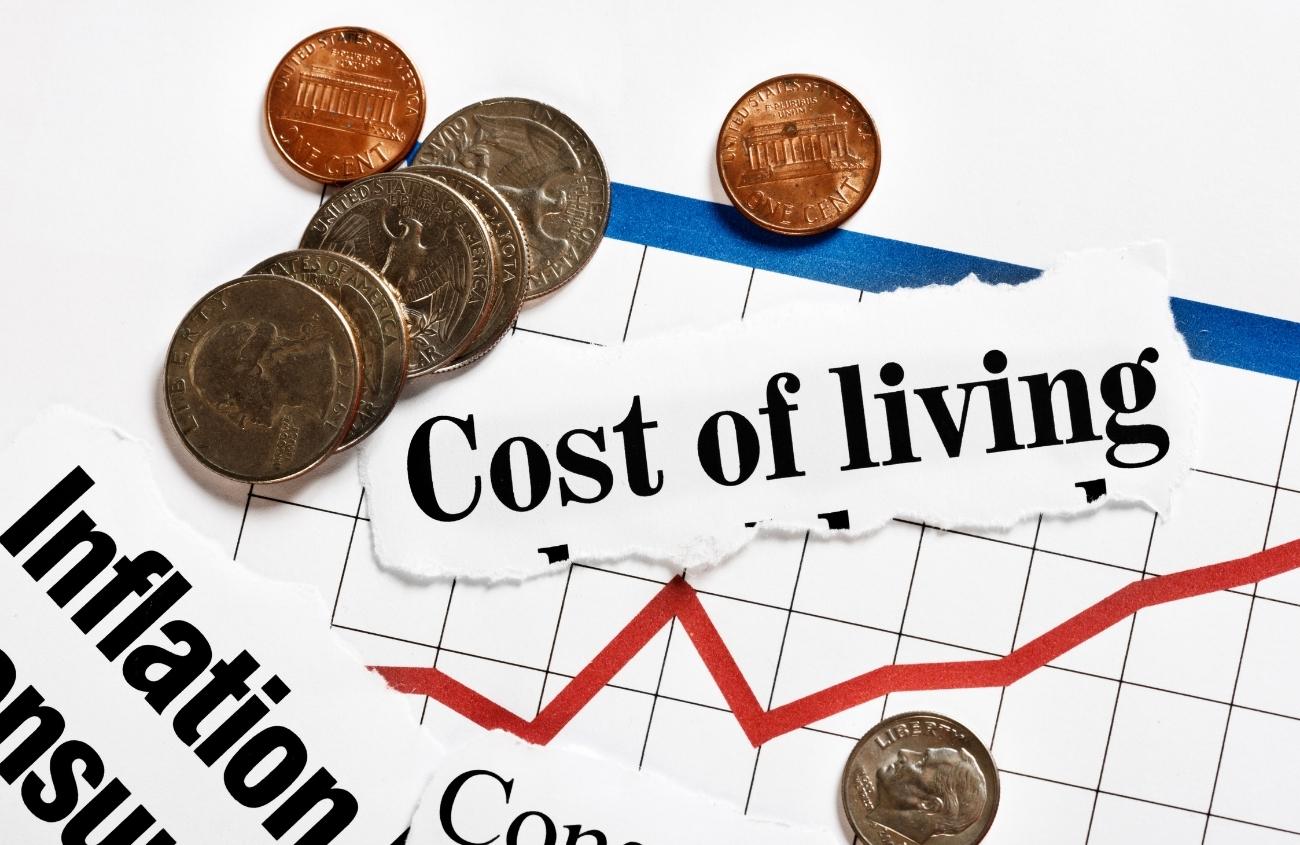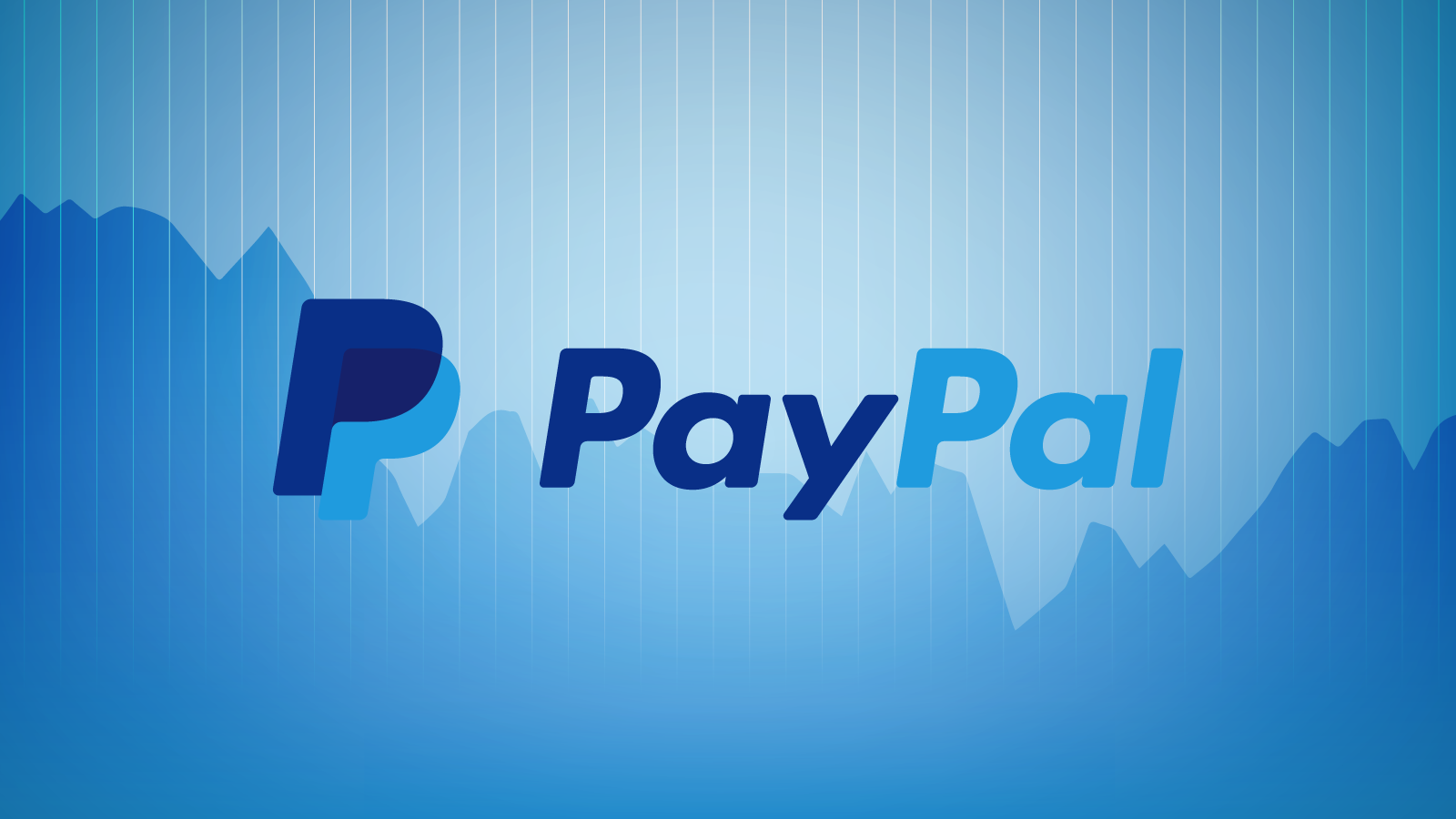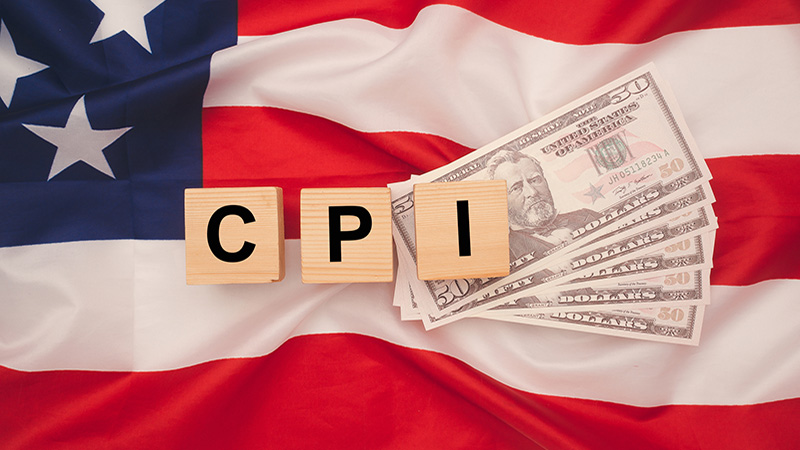Top U.S. Consumer Concerns — Last 30 Days (RILA Global Consulting Analysis)

Summary
Over the past month, American consumers have been caught between economic pressure and cautious hope. According to RILA’s analysis of 25 million online conversations, tariffs and inflation dominate public discourse — shaping a sense of financial vulnerability that spans demographics and languages. English-speaking Americans decry tariffs as a hidden tax, while Spanish-speaking communities focus on agricultural fallout and global trade risks. Inflation’s reach now extends beyond groceries to healthcare, deepening distrust in political leadership. Meanwhile, AI-driven automation fuels job insecurity, especially among younger generations who see innovation as both opportunity and threat. Yet, amid the strain, moments of optimism — from EV purchases to financial literacy — suggest that while Americans feel squeezed, they’re still seeking control and clarity in a shifting economic landscape.
Top U.S. Consumer Concerns — Last 30 Days
Analysis period: September 15 – October 17, 2025
America’s consumer conversation over the past 30 days has been dominated by financial strain, technological uncertainty, and cautious optimism. RILA Global Consulting analyzed more than 25 million online mentions to uncover what’s shaping the national mindset — from tariffs and inflation to AI-driven anxiety and the few bright spots in spending behaviors.
1. Tariffs — Americans Feel the Hidden Tax
Conversations about tariffs surged to 25.1 million mentions (+1887% year-over-year), making it one of the most emotionally charged topics of the month.
Across English-language platforms, Americans reacted through a “wallet-first” lens, describing tariffs as a hidden tax driving up prices on everyday goods — from home appliances to furniture.
Nearly one in three posts referenced President Trump, connecting the issue directly to leadership and trade policy. 39% of sentiment was negative, with users emphasizing that tariffs “make Americans pay more” while “foreign exporters get spared.”
Meanwhile, Spanish-language conversations painted a different picture. Discussions centered on agriculture (22%), BRICS relations, and fears of retaliatory trade shocks. Many worried about soy, beef, and sugar exports, while 15% called for diplomacy and better international communication.
Together, these narratives show that while English-speaking consumers debate who pays, Spanish-speaking users focus on who suffers — revealing a shared sense of financial vulnerability from different perspectives.
2. Inflation — Pressure on the Everyday Wallet
Inflation remains the constant backdrop of U.S. economic conversation. Consumers repeatedly blamed tariffs and rising energy costs (19%) as the biggest contributors to higher prices.
A significant share of sentiment focused on healthcare costs, particularly among rural Americans who already struggle with limited access to care. 24% of inflation-related mentions were negative, reflecting deep affordability fears spreading beyond groceries into medical devices and insurance premiums.
For many households, inflation is no longer just about paying more at the checkout line — it’s about healthcare survival. The overall tone revealed fatigue with political gridlock and waning trust in Washington’s ability to deliver economic stability.
3. AI and Unemployment — Innovation Meets Anxiety
A growing 12% of all economic discussions centered on AI and automation, led primarily by Gen Z and Millennial voices. The dominant emotion? Fear.
Younger Americans expressed anxiety about being replaced or left behind as automation expands across industries. 46% of job-related conversations carried a negative tone, amplified by the nine-day delay of the government’s job report, which many said “stalled confidence.”
Corporate AI announcements only fueled the unease. For example, Walmart’s partnership with OpenAI generated 171K mentions and 2.1M engagements, with 37.9% of sentiment negative. Consumers increasingly view “AI-first” strategies as efficiency at the expense of employment.
The data tells a clear story: while innovation excites, trust in AI-led corporations is eroding, and public sentiment toward automation remains net-negative month after month.
4. Economic Bright Spots — Small Wins in a Cautious Market
Amid widespread concern, there were still glimmers of optimism. Roughly 5% of total sentiment was positive, reflecting moments where Americans felt in control of their finances.
The biggest contributors were vehicle purchases (72% of positive mentions), especially growing interest in electric models (7%) — signaling consumer confidence in long-term mobility investments.
Falling gas prices also sparked celebration, particularly during holiday weekends, though many questioned the sustainability of the trend. Meanwhile, 8% of positive discussions highlighted financial literacy, with consumers sharing advice on credit-card management and investing.
These conversations reveal a pragmatic optimism: Americans remain motivated to spend and plan — but only when they can do so strategically and sustainably.
Key Takeaway
The American consumer mindset in late 2025 is defined by financial caution, technological anxiety, and selective optimism. Tariffs and inflation dominate household concerns, AI continues to test public trust, and even small economic wins are met with skepticism.
Read More

Consumer Sentiment Report: October 2025 - How US Households Are Talking About Inflation, Value and the Cost of Living
The Consumer Sentiment Report: October 2025 reveals an America still reeling from the long shadow of inflation. Across millions of social posts, people voiced anger and exhaustion over prices that “went up and never came back down.” Families described feeling cornered by relentless costs in housing, groceries, healthcare, and utilities, with even higher earners living paycheck to paycheck. Consumers are adapting through extreme price sensitivity—embracing coupons, switching brands, and cutting non-essentials—while expressing deep skepticism toward policymakers and corporations alike. For brands and leaders, the message is unmistakable: the modern consumer demands transparency, fairness, and proof of value in every purchase.
November 8, 2025
READ MORE

Restaurant Loyalty in a Squeezed Economy: What 18.9 Million Online Conversations Showed Us
In a strained 2025 economy, 18.9 million online conversations reveals that restaurant loyalty now hinges on one question: is it worth it right now? Consumers praised QSR and pizza chains like Domino’s, Taco Bell, and Chick-fil-A for speed, deals, and perceived value, while fast-casual favorites such as Chipotle and Cava faced growing backlash over $18–$25 meals that no longer felt justified. This shift highlights a pragmatic consumer mindset where affordability, portion fairness, and speed outweigh novelty — signaling that the next wave of restaurant loyalty will be earned not through brand heat, but through clear value and everyday credibility.
November 4, 2025
READ MORE

PayPal (PYPL) Q3 Consumer Analysis: Trust, Security, and Shifting Expectations
PayPal’s Q3 narrative revealed a pivotal shift from optimism about convenience to deeper conversations about trust, transparency, and control. While total mentions and unique voices grew, discussions increasingly centered on account limitations, security holds, and dispute resolution—underscoring consumers’ desire for reliability over novelty. The rise in scam-related chatter highlighted growing vigilance, even as PayPal’s brand familiarity continued to inspire confidence. Meanwhile, challengers like Wise, Venmo, and Cash App gained momentum through their perceived advantages in speed, fees, and clarity. The result is a landscape where PayPal remains trusted but scrutinized—a symbol of digital payments maturing under consumer demand for accountability and seamless support.
October 30, 2025
READ MORE

Meta (META) Q3 Consumer Analysis: AI Friction and Privacy Concerns Shape the Conversation
Meta’s third-quarter consumer landscape paints a picture of rising visibility but waning enthusiasm. While online mentions grew nearly 10% from Q2, engagement and positivity declined as users voiced growing unease over AI automation, privacy, and platform transparency. The shift from giveaways and entertainment to deeper debates around governance and data handling signals a pivotal change in how audiences perceive Meta’s evolving ecosystem. Despite maintaining dominance in reach and integration, the company now faces a more critical public conversation—one defined by trust, control, and the uneasy intersection of innovation and intrusion.
October 30, 2025
READ MORE

CPI Insights: September 2025 — Inflation Anxiety and the Blame Game on Social Media
RILA’s analysis of over 16 million U.S. social media conversations surrounding the September 2025 CPI report uncovers a nation grappling with economic fatigue and distrust. Beyond rising numbers, Americans see inflation as a symptom of systemic policy failure — with blame falling heavily on government spending, immigration costs, and tariffs. Healthcare, housing, and education top the list of pain points, symbolizing structural failures that go far beyond temporary price spikes. The public mood is overwhelmingly negative, marked by anger, blame, and a sense of entrapment as consumers feel policy decisions — not just market forces — are eroding their economic stability and future prospects.
October 27, 2025
READ MORE

Early Holiday Spending Sentiment in October: How Consumers Are Feeling
As the 2025 holiday season approaches, consumer conversations reveal a fascinating mix of optimism and caution. While inflation and economic pressures weigh heavily on many households, shoppers are prioritizing meaningful experiences and emotional value over discounts and mass-market products. Parents, in particular, are determined to make the holidays special for their children, even if it means turning to flexible payment options like buy now, pay later or adjusting travel plans toward affordable domestic trips. The overall sentiment suggests a redefinition of holiday joy — one centered on authenticity, connection, and creative budgeting — offering brands a clear opportunity to engage with purpose and empathy this festive season.
October 24, 2025
READ MORE

Why Social Listening is Critical for Nuclear Energy Discussions
Nuclear energy remains one of the most emotionally charged and technically complex sectors in the global energy debate, where public perception often outweighs scientific facts. This article explores how social listening has become essential for industry leaders, policymakers, and energy organizations to understand real-time public sentiment, track misinformation, and engage communities proactively. Unlike traditional research, which captures static snapshots of opinion, social listening uncovers nuanced, rapidly evolving conversations across social media and forums, allowing stakeholders to detect concerns early, address fears around safety and waste, and craft targeted, empathetic communication strategies. By integrating these insights with market research, nuclear energy organizations can foster trust, shape narratives responsibly, and position themselves strategically in the transition to net-zero emissions.
October 22, 2025
READ MORE

Why Hospitality Brands Can’t Ignore TikTok Travel Trends
TikTok has transformed the way travelers discover and choose destinations, turning viral videos into powerful drivers of bookings and brand visibility. For hospitality brands, from luxury resorts to boutique hotels, ignoring TikTok trends is no longer an option — these platforms provide real-time signals of traveler interests, desires, and frustrations. By combining social listening with traditional market research, brands can anticipate emerging trends, tailor content to viral hashtags, and convert engagement into bookings. RILA specializes in turning TikTok insights into actionable strategies, helping hotels and travel brands bridge the gap between online virality and real-world revenue while staying ahead of the competition in a rapidly evolving digital landscape.
October 22, 2025
READ MORE

What Social Listening Reveals About Inflation’s Impact on Dining Choices
Inflation is reshaping not just what consumers eat, but how they decide where and how much to spend—conversations that are happening in real time on social media. Traditional research methods can lag behind these rapid behavior shifts, but social listening combined with AI-driven analytics provides QSR and food brands with an immediate window into consumer priorities, price sensitivity, and value perceptions. From spotting early complaints about portion sizes to identifying the most effective promotions, brands that act on these digital signals can proactively adjust pricing, loyalty programs, and messaging to maintain loyalty and competitive advantage. By treating inflation as a strategic moment rather than a challenge, companies can turn economic pressure into actionable intelligence, protecting both margins and customer relationships.
October 22, 2025
READ MORE